By: Shannon McGahn
Executive Vice President and Chief Advocacy Officer for the National Association of REALTORS®
Whether you want to rent or buy, housing is in record short supply—and it’s a crisis.
The National Association of REALTORS® (NAR) is in an all-hands, all-front advocacy posture in this fight that impacts every American.
A recent national survey from the University of Michigan and the Financial Times found that Americans' financial ability to afford a home was ranked as a top concern by an almost equal 70% share of Democrats, Republicans, and independent voters alike.
Housing affordability is a cause every elected official can rally around at the local, state, and federal levels.
It will take this kind of comprehensive, all-of-government approach to win this fight.

















